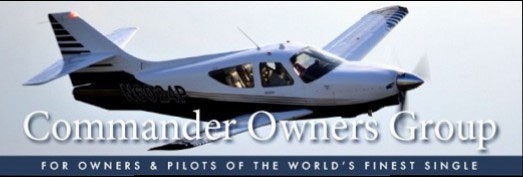Hi Notrog112TC#,
I'm an A&P, not an IA. But -- I've been studying.
So the part is an approved aircraft part under 21.8, and can be put on the aircraft in accordance with FAA regulations. It's entirely up to the A&P doing the install to determine suitability. 21.9 a (3) talks about standard parts. So, I would consider this to to be a standard aircraft part (such as nuts and bolts).
It is not necessary to get an STC (Supplemental Type Certificate) as you are not making a major alteration (as defined and inferred by 43, Appendix A. You ARE making a minor alteration using a standard part. Minor alterations do not require STC, or field approval.
I don't know the specific PMA approval number (as I don't have it in my hand), but I do know it is an aircraft part used on twin-cessnas. It is made by Eaton, and they have many authorizations to manufacture FAA approved parts. I did not install it, but the A&P years ago did, and I and my annual IA and I both agree that the part is suitable. Someone years ago made a good decision, and I agree with it.
Doing a quick google search shows that the part number is shared by Textron Beechcraft, Cessna, and manufactured by Eaton's Aeroquip. I would have no trouble installing this as an A&P, I would just insure fitment (as always), but looks solid on my aircraft. If you are using your aircraft for 135 or (obviously not) 121 operations, then everything I've just said does not apply.
I would have a discussion with your A&P, if (s)he is hesitant, then have him discuss it with an IA or FAA representative to gain further understanding. Much like medicine, you can find another opinion -- such as mine. I've dealt with FAA and different opinions for 39 years as a pilot, and 29 as mechanic. FAA is frequently wrong, and if you don't understand their objections, then you need to have them explain in regulation or written reference why it is unsuitable. Mike Busch and his team at
www.savvyaviation.com can help. They seem very switched on and frequently object to FAA's policies when it is nonsense.
In one of our previous forum discussions on this site, I see Moazzam Ali had his engine returned from Lycoming. They installed a spot-welded clamp on the turbo flange. The FAA specifically prohibits installing spot-welded clamps there after the AD was issued, they should be removed even with a zero timed engine. It seemed Lycoming was more fearful of using a different part number, than the failure of the clamp and loss of the aircraft. That type of logic is nonsense.
Keeping aircraft and people from accidents or failures is what all of us from FAA to PMA to OEMs to pilot/mechanic operators should be working towards. As always there are different opinions and decisions made along the way.
I hope that helps.
Cheers.
Jake
